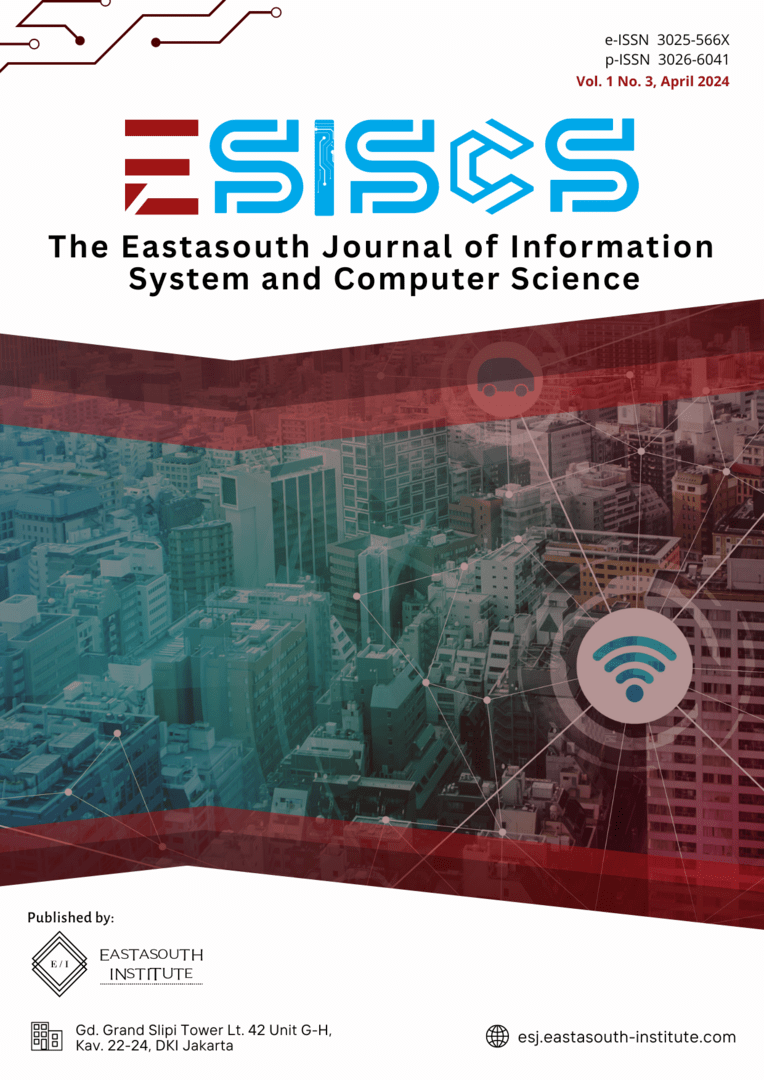Analyzing Energy Consumption Data to Optimize Efficiency in High-Performance Computing Centers
Main Article Content
Abstract
High-performance computing (HPC) centers are at the forefront of technological innovation, enabling breakthroughs in fields ranging from scientific research to artificial intelligence. However, the immense computational power they deliver comes at a cost: these facilities consume vast amounts of energy, leading to soaring operational expenses and significant environmental footprints. As the demand for HPC capabilities continues to grow, optimizing energy efficiency has become a critical priority not only to cut costs but also to align with global sustainability goals. This article delves into how energy consumption data analysis can serve as a game-changer for HPC centers striving to balance performance with efficiency. By harnessing advanced tools such as real-time energy monitoring, machine learning algorithms, and predictive analytics, these facilities can unlock new opportunities for optimization. Data-driven strategies enable smarter workload distribution, more efficient cooling systems, and better utilization of hardware resources, all while maintaining the high-performance standards required for complex computations. To illustrate the real-world impact of these approaches, the article presents a case study of an HPC center that successfully implemented energy optimization strategies. Through a combination of cutting-edge analytics and strategic adjustments, the center achieved a notable reduction in power consumption without compromising computational performance. This example underscores the transformative potential of data-driven energy management in HPC environments, offering valuable insights for other facilities looking to enhance their sustainability and operational efficiency. By embracing these innovative techniques, HPC centers can not only reduce their energy costs but also contribute to a greener, more sustainable future, proving that high performance and environmental responsibility can go hand in hand.
Article Details

This work is licensed under a Creative Commons Attribution-ShareAlike 4.0 International License.
References
J. Smith and T. Brown, “Energy Efficiency in High-Performance Computing,” Springer, 2020.
L. Johnson, “Power Management in Data Centers,” IEEE Press, 2019.
R. Kumar and P. Singh, “Cooling Systems for HPC Centers,” Elsevier, 2021.
H. Lee and S. Park, “Workload Optimization in Distributed Systems,” ACM Comput. Surv., 2018.
Y. Zhang and Q. Wang, “Real-Time Monitoring in IoT-Enabled HPC Centers,” Sensors J., 2022.
X. Chen and W. Li, “Machine Learning for Energy Optimization,” Nat. Energy, 2020.
A. Gupta and R. Sharma, “Workload Scheduling in HPC Environments,” J. Parallel Comput., 2021.
S. Patel and N. Desai, “Thermal Mapping for Efficient Cooling,” Int. J. Heat Mass Transf., 2022.
M. Taylor and J. Clark, “Dynamic Power Management in Data Centers,” IEEE Trans. Comput., 2019.
K. Anderson and P. White, “AI-Driven Cooling Optimization,” Energy Build., 2020.
D. Roberts and T. Green, “Workload Balancing in HPC Systems,” J. Supercomput., 2021.
V. Sharma and S. Kumar, “Renewable Energy Integration in HPC Centers,” Renew. Sustain. Energy Rev., 2022.
L. Johnson, “Power Management in Data Centers,” IEEE Press., 2019.
R. Kumar and P. Singh, “Cooling Systems for HPC Centers,” Elsevier., 2021.

